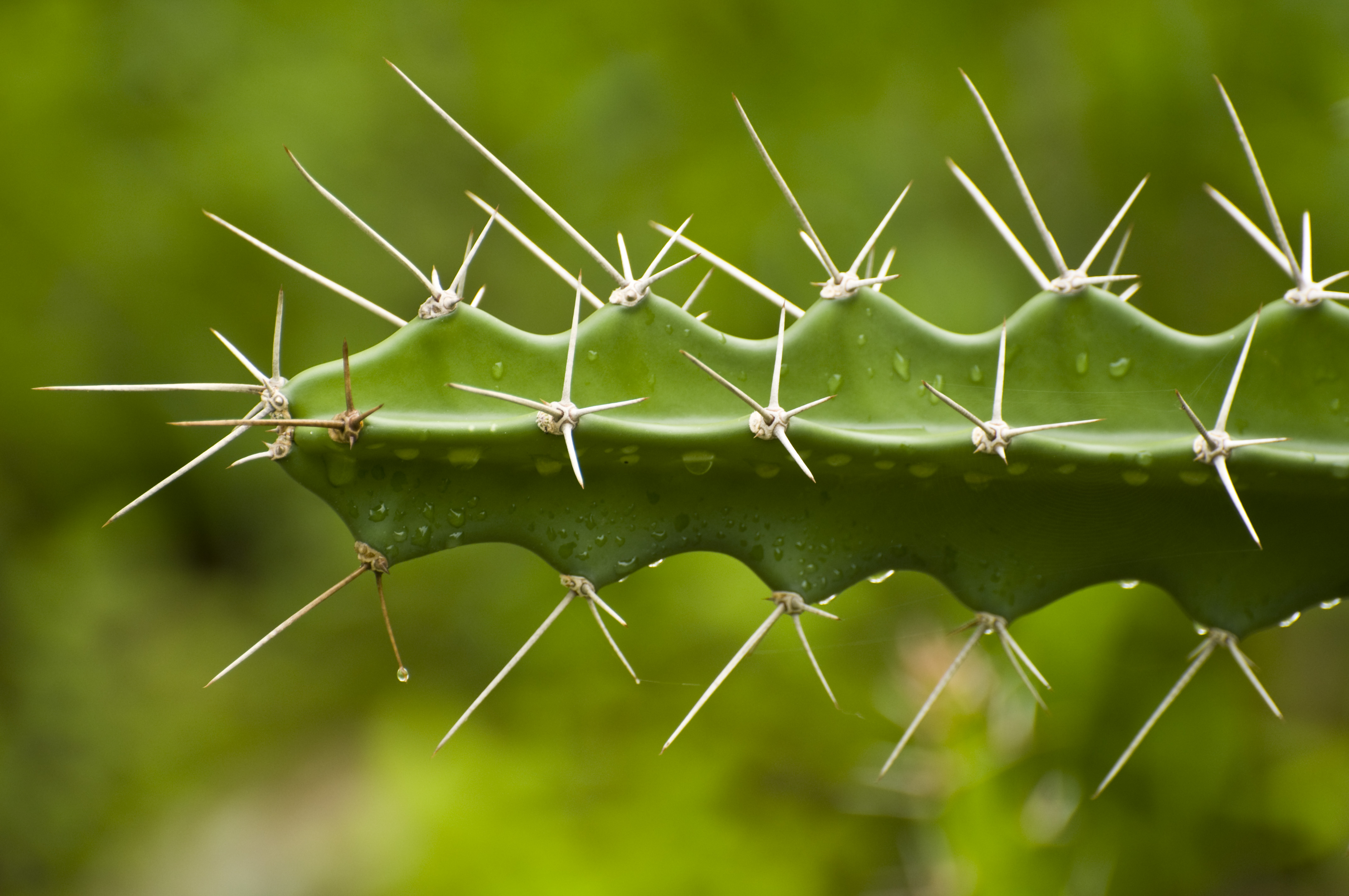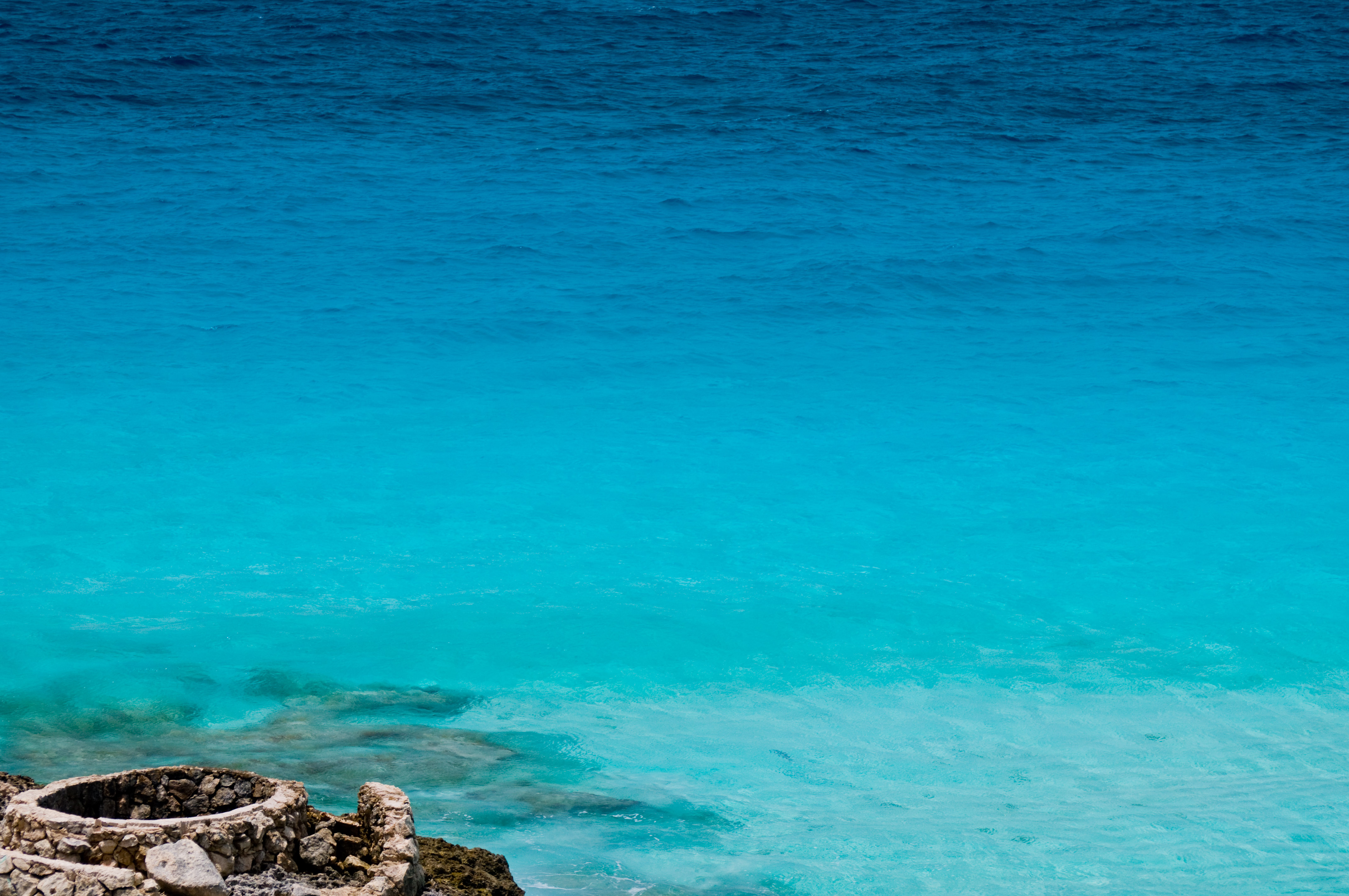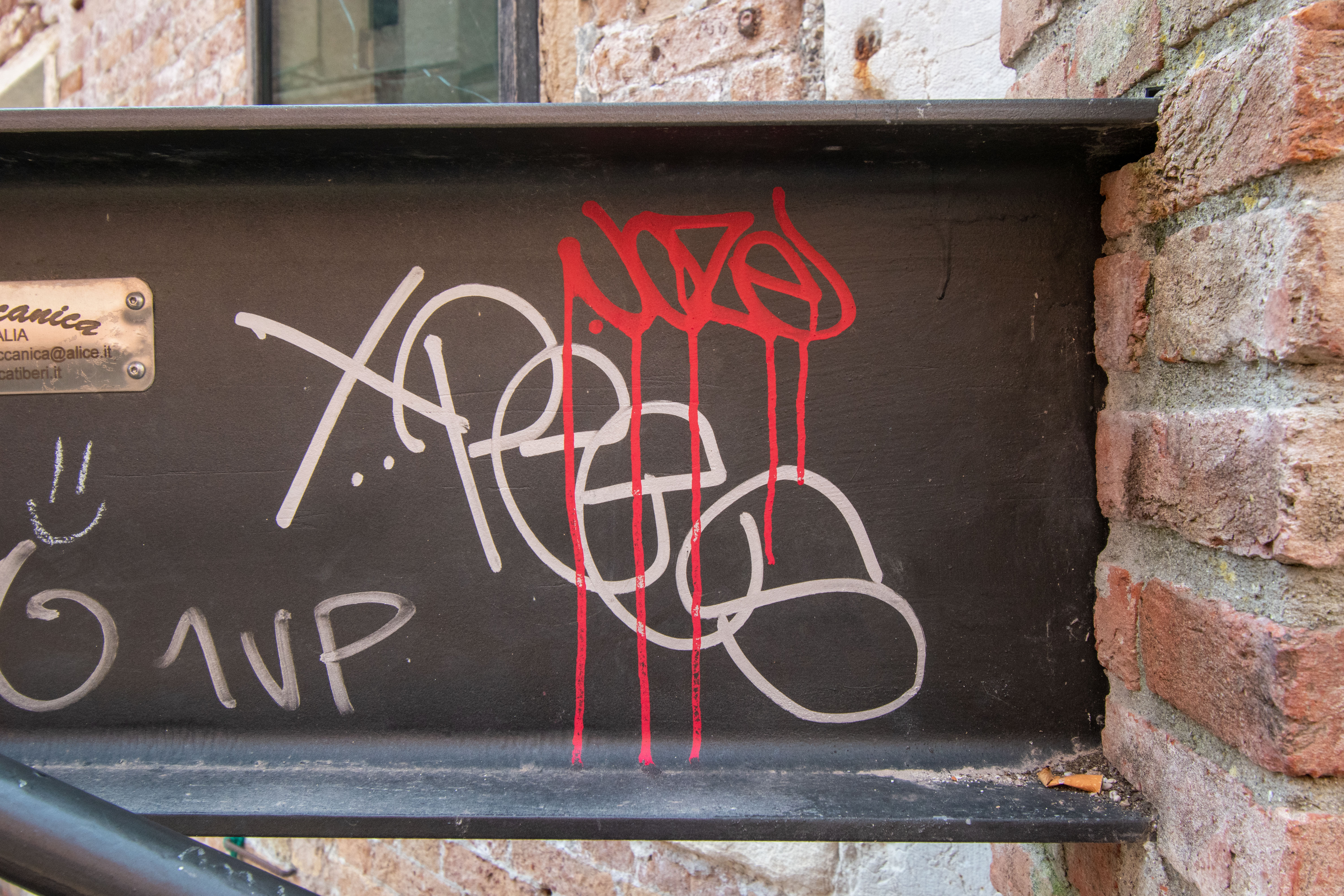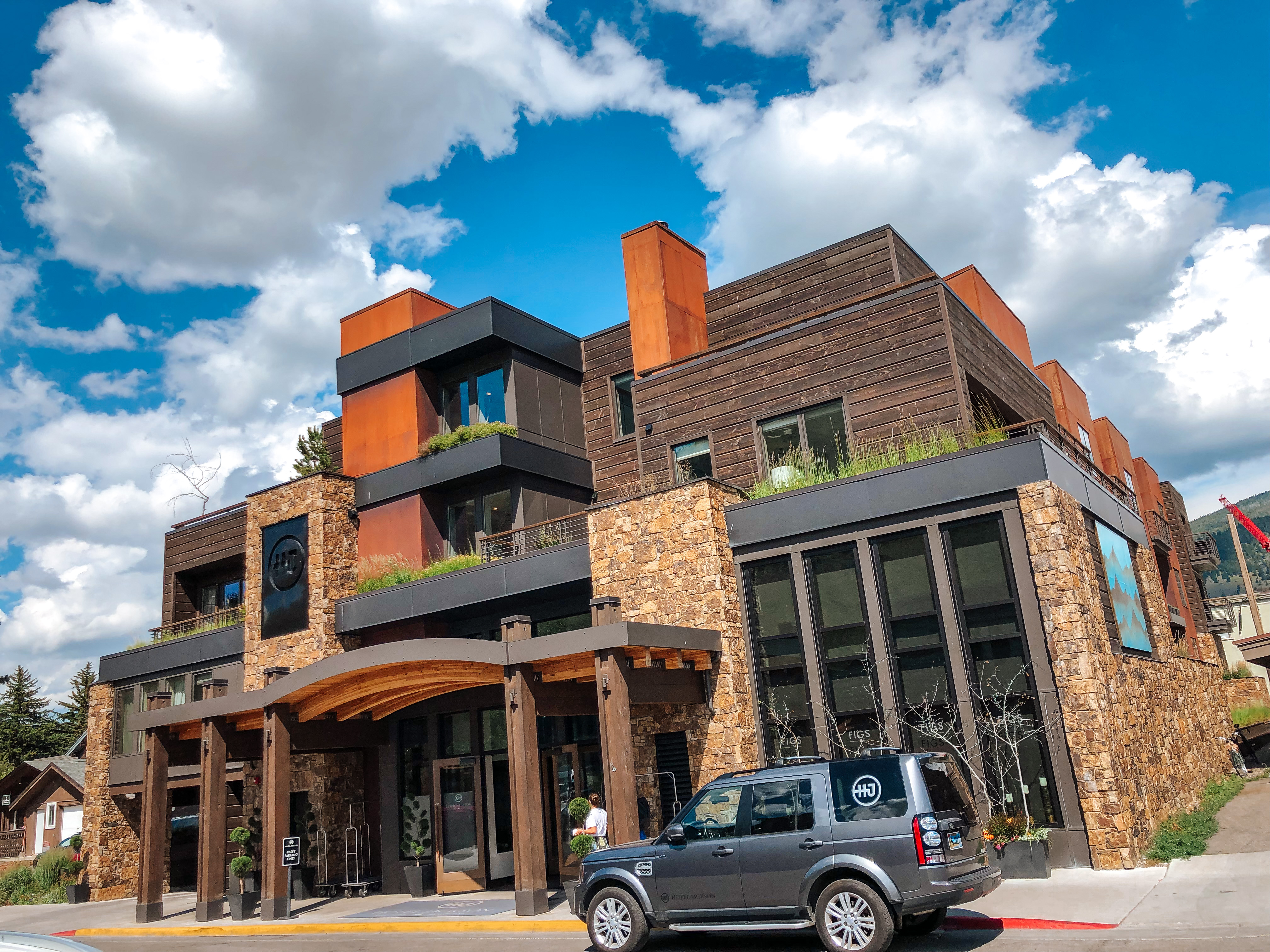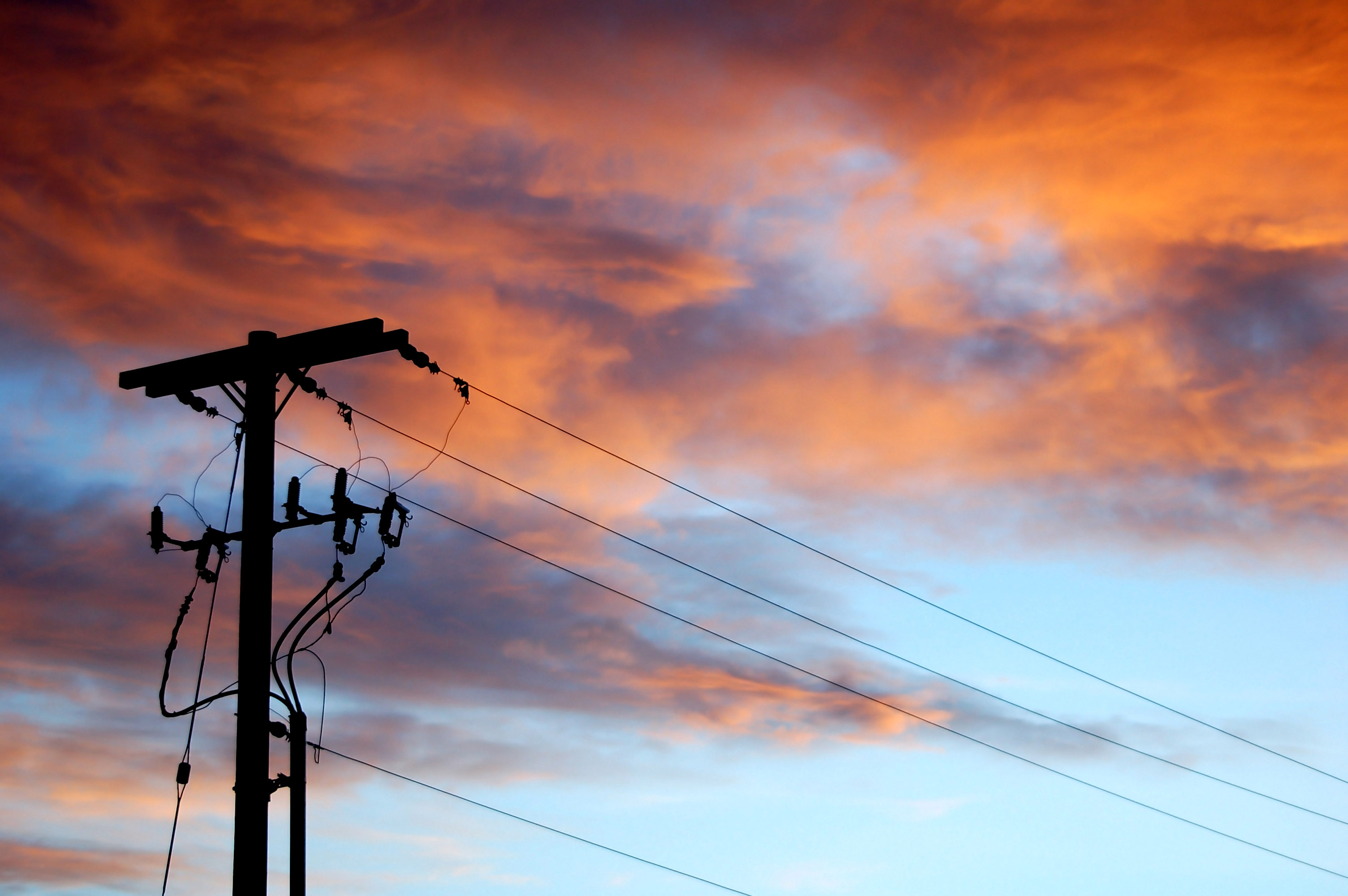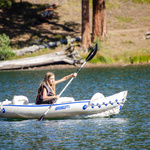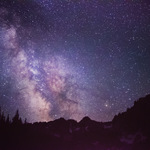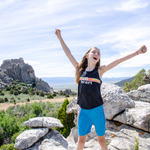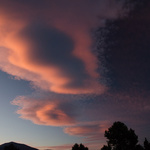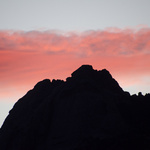
Free Photography Website – Horses and Tack
Free Stock PhotosContents of this Post
Free Photography Website: Free Stock Photos for Photographers, Bloggers, and Designers
Free Photography Website. Click on the button below any image below to view a free, downloadable stock image for free use on your website, blog, print or digital media, or other project.
Copyright and Credit
How to Credit
All images are property of Mod Fam Global LLC and offered for private and commercial use, free of charge. Please credit Mod Fam Global, LLC, https://modfam.global/ for any public, online, or print materials using our images.
Free Photography Website: Send us a Note
If you use any of our free horse and tack background stock images for online or commercial use, please send us a note and let us know how you used the photos. We love to see how our photography is being used, and we appreciate photo credit and links back to our site.
How to Photograph Horses
Manual Camera Settings: ISO
Unless you are searching for wild mustangs in Idaho’s Owyhee Mountains or somewhere in Wyoming or Montana, it’s not hard to find horses to photograph. And horses are much easier to photograph than wild animals in wilderness areas. Even if you are photographing horses in action, their graceful, predictable movements make them great photographic subjects. As with any action photography, it’s best to start with a slightly higher ISO, so you can select a faster shutter speed and minimize blurry movement in your images. I tend to start around ISO800 or slightly higher. Even though digital cameras have come a long way to minimize noise and grain at higher ISOs, I still prefer lower ISOs when lighting conditions allow.
Manual Camera Settings: Aperture
Aperture is one of the harder concepts to learn when you are taking fully manual photographs. This is because the numbering system is counter-intuitive. The smaller the aperture setting (f4.5 or f5.6, for example), the wider the opening and the shallower the depth of field. So an aperture setting of f5.6 will expose the frame more quickly but blur out the background and foreground, because the aperture is wide open. A larger number, such as f22, is a much smaller opening, exposing less light but expanding the depth of field. For large animals like horses, a mid-range aperture works best to focus on the entire animal. That is, unless you are using a telephoto lens and trying to blur out features except for, say, the horse’s eye or mane or ears. In that case, a wide open aperture (smaller f-stop) will narrow the focal field and give you a nice blurring effect for macro shots.
Manual Camera Settings: Shutter Speed
Shutter speed is probably the easiest setting to quickly adjust on the go, especially if you know what depth of field you want and have a general range of ISO you want to shoot. I prefer to set my ISO, select an initial aperture, and then adjust my shutter speed to light conditions. Depending on your light, you may be able to adjust for a fast shutter speed, which is ideal for horses in motion. If your horse subjects are grazing in a field, having a faster shutter speed is less important. But with added movement, you’ll want to make sure to have a fast enough shutter speed to minimize movement and blur.
Creating Motion and Movement in Your Horse Shots
For some horse action shots, though, you may want to create a blurred background effect by tracking the horse with your camera and setting a slower shutter speed/aperture/ISO combination. When done right, if you track your subject well, the horse will be in focus but the background will be blurred, giving a sense of movement and motion behind the horse. Regardless of the effect I am shooting for, I try to balance a mid-range ISO setting with a medium aperture and the fastest shutter speed I can manage with the other two settings.
















